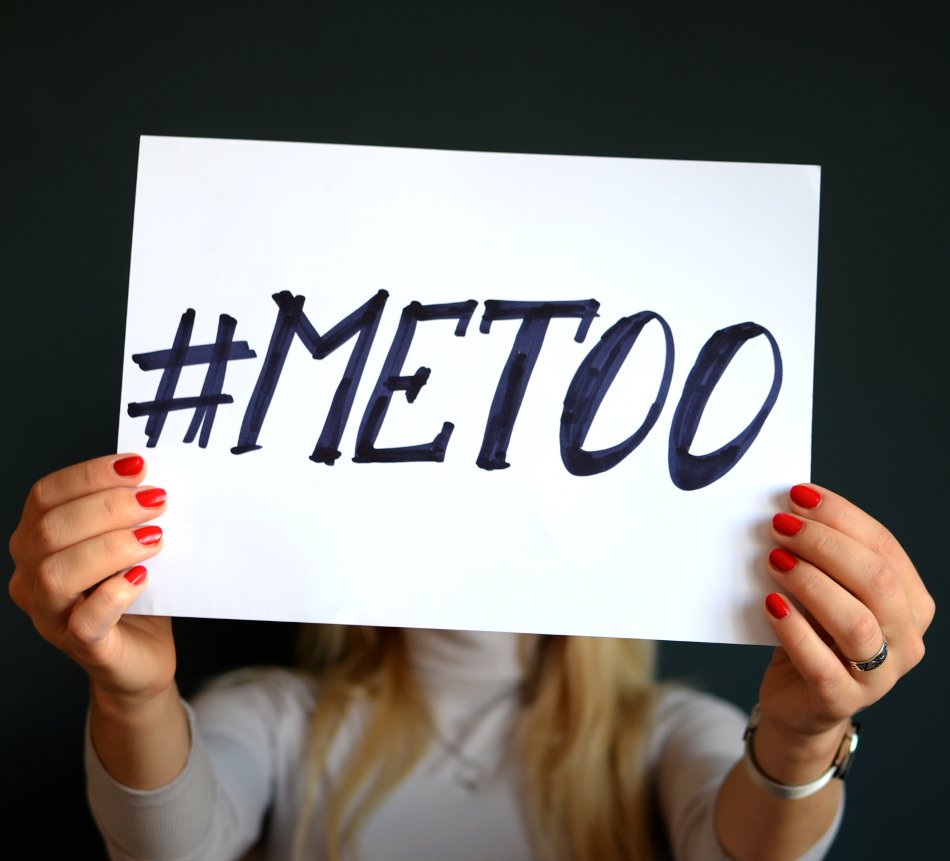
By Helen Colquhoun, Partner and Head of Employment, DLA Piper Hong Kong

For employers, the dialogue also provides an opportunity to stop and assess their workplace culture, tolerances, policies and practices. Historically, sexual harassment claims have not been particularly significant in number in Hong Kong. With the wave of publicity now surrounding this issue, it is likely that this figure will increase, bringing not only increasing legal but also reputational risk to companies. What has been seen as sufficient in the past to tackle this issue may not be sufficient for organisations moving forwards. So what does this mean for employers, and how can they proactively take advantage of the #MeToo movement to promote change within their own organisation?
What is sexual harassment?
It is important to recognise that sexual harassment under the Sex Discrimination Ordinance (SDO) is not limited to unwanted physical touching. It can also include:
- Leering and lewd gestures;
- Unwelcome requests for sexual favours (such as suggestions that the toleration of sexual advances may further an individual's career);
- Unwelcome verbal conduct of a sexual nature (such as sexually derogatory or stereotypical remarks or persistent questioning about a person's sex life); and
- Conduct of a sexual nature that creates a hostile or intimidating workplace (such as sexual or obscene jokes).
What are the key risk areas for employers?
Employers are legally responsible for the acts of their employees, even if the act occurred without the employer's knowledge or approval. This vicarious liability can extend to any acts which were carried out 'in the course of employment', creating a minefield for employers who can potentially find themselves liable for events that took place outside working hours and / or outside the workplace and about which they may have had no knowledge until after the fact. Work-related functions, after work drinks and business trips can all give rise to potential liabilities on the employer.
An important defence to this liability can arise if an employer can show that it took such steps as were reasonably practicable to prevent the employee from engaging in such conduct. This can form a critical first line of defence to an employer faced with an allegation of sexual harassment, but to date many employers have not been able to establish that they have taken the necessary steps to avail themselves of the defence. This is an opportunity missed for employers, and the dialogue around #MeToo provides a useful context to revisit sexual harassment as well as diversity policies and practices.
In addition, employees can be personally liable for their conduct, and many complainants (often for tactical reasons) will initiate EOC or legal proceedings against both the individual perpetrator and the employer.
Practical steps for employers to take
Most employers have an equal opportunities policy, generally containing a reference to sexual harassment. However, all too often the policies are cursory, outdated and/or not followed through in practice. Simply having a policy tucked away in a handbook is unlikely to be enough for an employer to escape liability.
Key steps for employers to take include:
- Revisit your policy and see whether it stands up to scrutiny:
- A very brief or limited policy is not likely to create an impression of an organisation with a zero-tolerance attitude to sexual harassment
- Check that the policy clearly sets out the complaints procedure—employers should try to encourage employees to feel able to raise concerns internally, not only to try to prevent the airing of concerns via social media instead but also to encourage early resolution of concerns so that employers are aware of, and have had an opportunity to address, complaints before EOC filings land on their desk
- Ensure the policy is then properly and fully implemented:
- Require employees to sign to confirm they have received and understood the policy
- Provide regular (not just one-off, never to be repeated again) training to all employees
- Ensure bespoke training is provided to those who are named as being the point of contact for raising concerns or who are tasked with investigating allegations
- Ensure the policy is followed through in practice:
- All complaints should be investigated in accordance with the company policy, even those allegations which initially seem trivial or unfounded
- Be careful not to unwittingly, and often with the best of intentions, 'victimise' the complainant further—requiring the complainant to stay at home or perform different duties could in itself later be challenged
- Where appropriate, ensure disciplinary action is taken where any breach of the policy is found to have occurred—this will help to evidence that the company has a culture of enforcing the policy in practice
- Conduct regular monitoring to assess whether the policy is working in practice
The dialogue around sexual harassment provides a useful opportunity for employers to revisit their historic approach and work in a collaborative and transparent manner with their employees to promote new policies and practices.





